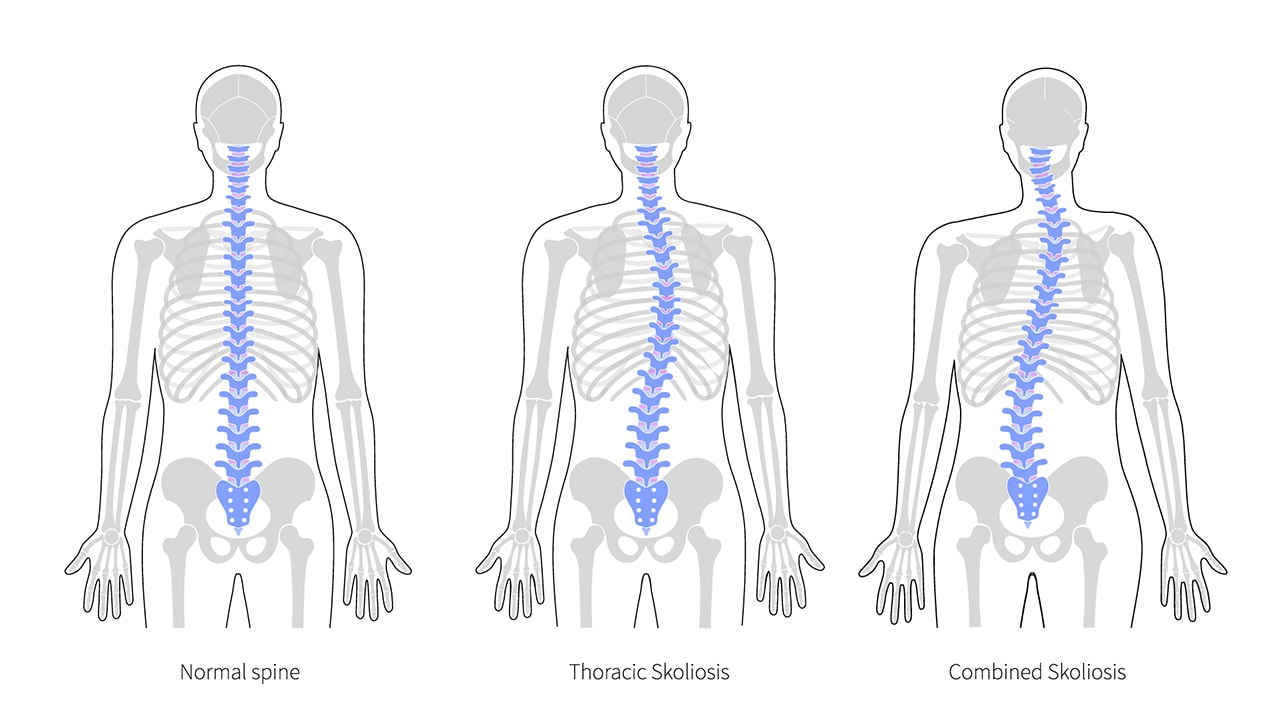Scoliosis is a medical condition characterized by an abnormal curvature of the spine, affecting millions of people worldwide with varying degrees of severity. Severe scoliosis can cause significant pain, discomfort, and respiratory problems. Scoliosis surgeries are often recommended to correct the curvature and alleviate symptoms, though the success rates of these surgeries are subject to ongoing research and debate.

Types of Scoliosis Surgeries
Several types of scoliosis surgeries are available, tailored to the patient’s needs. Common procedures include:
- Spinal Fusion and Instrumentation: This method uses metal rods, screws, and hooks to straighten and stabilize the spine.
- Vertebral Body Tethering (VBT): A newer technique that employs flexible cords to correct the curvature while allowing for continued spinal growth.
Factors Affecting Scoliosis Operation Success Rate
Success rates for scoliosis surgeries can be influenced by various factors, including:
- Patient Age: Younger patients generally have better outcomes.
- Severity of Curvature: More severe curvatures may impact success rates.
- Underlying Conditions: Additional health issues can affect surgery outcomes.
- Surgeon’s Expertise: The skill and experience of the surgeon play a crucial role.
- Preoperative and Postoperative Care: Effective preparation and rehabilitation are essential.
Recent Data on Scoliosis Surgery Success Rates
Recent studies offer insights into the success rates of scoliosis surgeries. A study published in the Jornal de Cirurgia Óssea e Articular reports an overall success rate of approximately 80% for scoliosis surgeries. This rate can vary based on factors such as the type of surgery performed and the patient’s age.
Evaluating Success Rates by Age Group
Success rates for scoliosis surgeries can differ by age group:
- Younger Patients: A study in the Jornal de Ortopedia Pediátrica found that the success rate for adolescent idiopathic scoliosis (AIS) surgeries in patients under 18 was around 90%.
- Older Patients: The success rate for patients over 18 was approximately 70%.
Success Rates for Different Types of Scoliosis
The type of scoliosis also affects surgical success rates:
- Adolescent Idiopathic Scoliosis (AIS): Generally has higher success rates, with a study in the Revista Spine reporting a success rate of 85%.
- Congenital Scoliosis: Success rates are lower, around 70% for surgeries addressing congenital scoliosis.

Long-term Outcomes and Complications
While scoliosis surgeries can improve spinal alignment and relieve symptoms, long-term outcomes and complications must be considered:
- Recurrence Rate: Some studies report a recurrence rate of scoliosis after surgery ranging from 10% to 40%.
- Complications: Potential complications include infection, implant failure, and adjacent segment degeneration, though these are relatively rare.
Advances in Surgical Techniques
Recent advances have improved success rates:
- Minimally Invasive Techniques: Video-assisted thoracoscopic surgery (VATS) has reduced surgical trauma and improved outcomes.
- Advanced Tools: Patient-specific implants and computer-assisted navigation systems have enhanced precision and accuracy.
Factors Contributing to Improved Success Rates
Several factors have led to improved success rates in scoliosis surgeries:
- Advancements in Techniques: Innovations in surgical techniques have played a significant role.
- Preoperative Planning: Better understanding of scoliosis biomechanics and comprehensive planning improve outcomes.
- Multidisciplinary Care: Collaboration among orthopedic surgeons, anesthesiologists, and physical therapists contributes to better rehabilitation and success.
Challenges and Limitations in Assessing Success Rates
Assessing success rates can be challenging due to:
- Variability in Definitions: Success definitions vary across studies, complicating comparisons.
- Limited Long-term Follow-up: Short-term studies may not capture long-term outcomes.
- Subjective Measures: Patient-reported outcomes and quality of life measures can be influenced by various factors.
Conclusão e direcções futuras
Scoliosis surgeries have shown promising success rates, influenced by patient age, scoliosis type, and surgical techniques. Advances in surgery and preoperative planning have improved outcomes, but challenges in assessing success and the need for long-term follow-up remain. Future research should focus on standardized outcome measures, long-term studies, and further surgical advancements to continue improving scoliosis surgery success rates.
Referências
- WebMD. “Scoliosis Surgery: What to Expect.” Available at: WebMD
- Jornal de Cirurgia Óssea e Articular. “Scoliosis Surgery Outcomes.” Available at: JBJS
- Jornal de Ortopedia Pediátrica. “Success Rates in Adolescent Idiopathic Scoliosis Surgery.” Available at: JPO
- Revista Spine. “Outcomes of Surgical Treatment for Adolescent Idiopathic Scoliosis.” Available at: Revista Spine
- Cleveland Clinic. “Scoliosis Surgery Overview.” Available at: Cleveland Clinic
- Academia Americana de Cirurgiões Ortopédicos. “Scoliosis Treatment Options.” Available at: AAOS
- Clínica Mayo. “Scoliosis Surgery: Risks and Benefits.” Available at: Clínica Mayo
- Johns Hopkins Medicine. “Scoliosis: Surgical Options.” Available at: Johns Hopkins
- Spine Health. “Long-Term Outcomes of Scoliosis Surgery.” Available at: Spine Health
- Fundação Nacional de Escoliose. “Advances in Scoliosis Surgery.” Available at: NSF
- Jornal de Cirurgia Ortopédica e Investigação. “Minimally Invasive Techniques for Scoliosis Correction.” Available at: JOSR
- Arthritis Foundation. “Scoliosis and Surgical Treatment.” Available at: Arthritis Foundation
- Coluna vertebral. “Comparative Outcomes in Scoliosis Surgery.” Available at: Coluna vertebral
- Instituto Nacional de Artrite e Doenças Musculoesqueléticas e da Pele. “Scoliosis and Treatment Options.” Available at: NIAMS
- Jornal de Neurocirurgia: Coluna Vertebral. “Advances in Spinal Fusion Techniques.” Available at: JNS Spine

